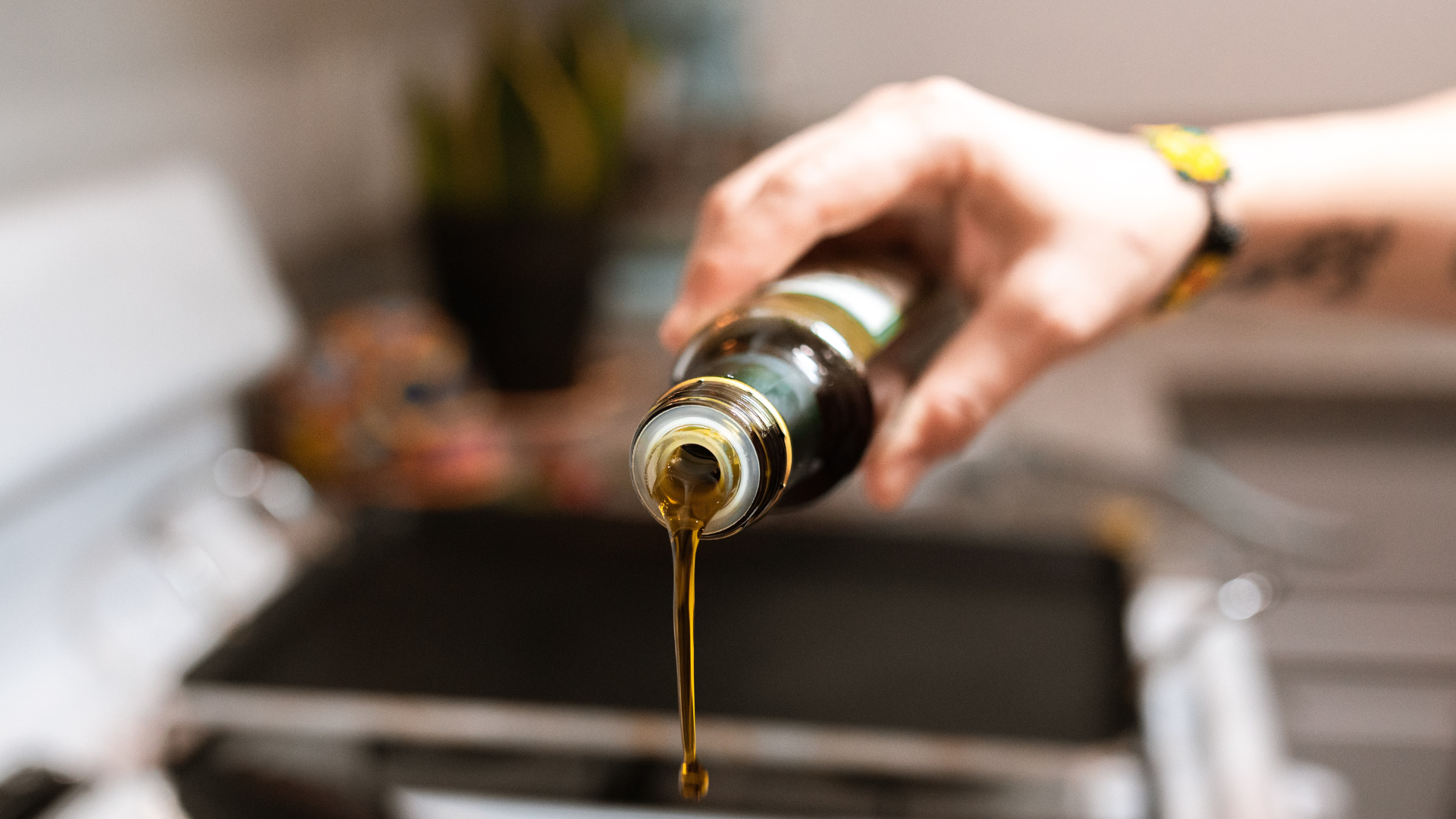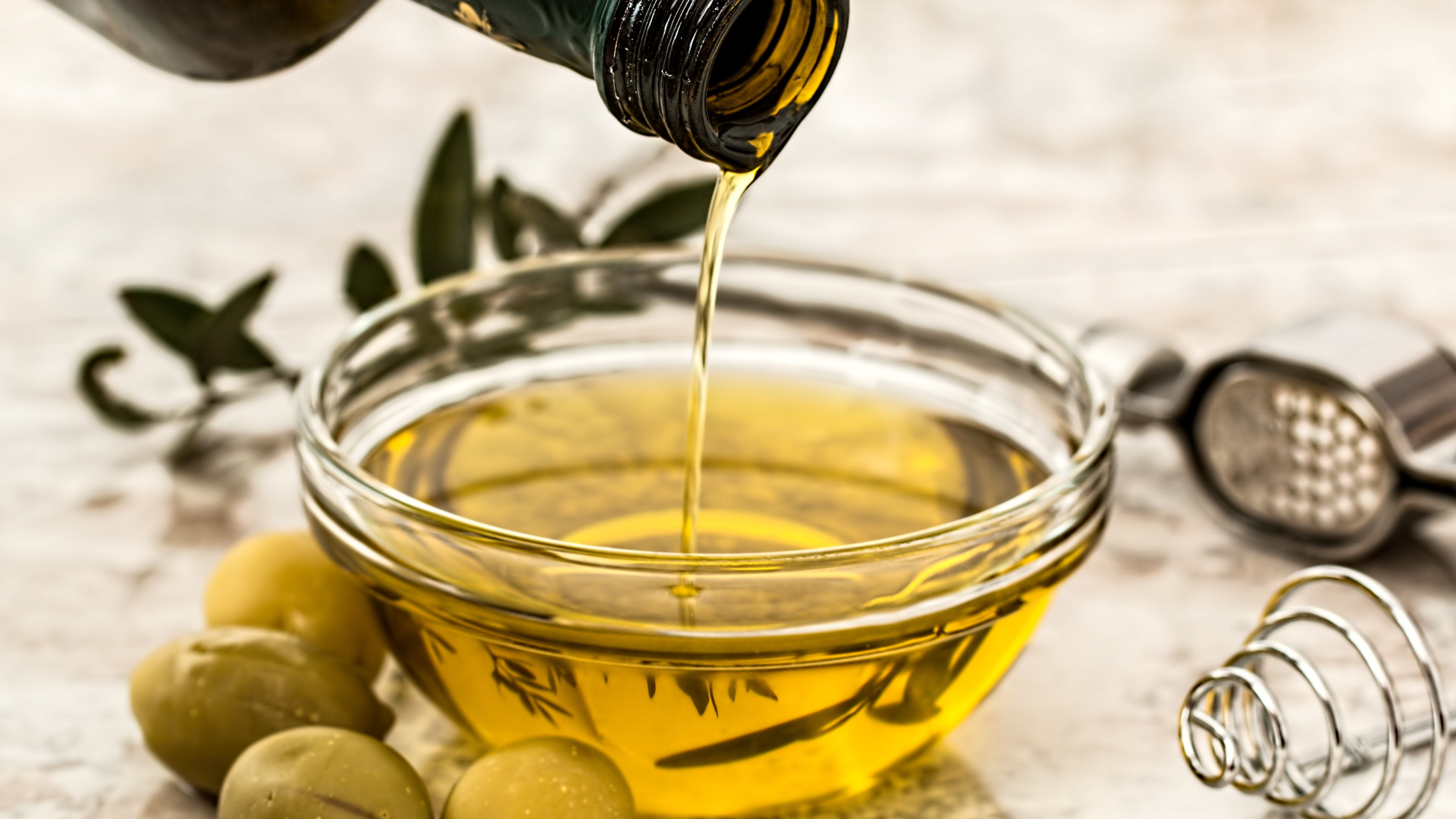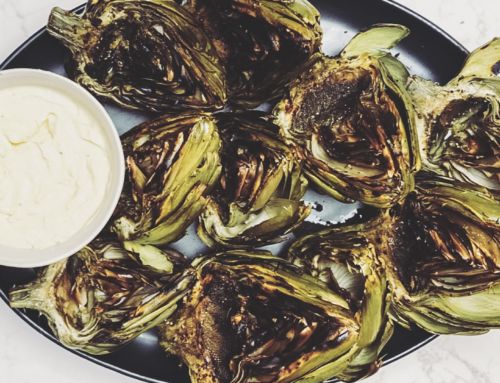Olive oil is a staple ingredient in many kitchens around the world. It is not only versatile but also healthy, as it is loaded with monounsaturated fatty acids, antioxidants, and anti-inflammatory compounds. However, not all olive oils are created equal. There are different kinds of olive oil, each with its unique characteristics, uses, and benefits. In this post, we’ll explore the differences between the different kinds of olive oil and their specific uses.
1. Extra Virgin Olive Oil (EVOO)
Extra virgin olive oil is the highest quality olive oil available. It is made by cold-pressing the olives without the use of heat or chemicals. This process preserves the oil’s natural flavors, nutrients, and aroma. EVOO has a low acidity level, usually less than 0.8%, and a fruity, slightly bitter taste. It is excellent for dressings, dips, and drizzling over cooked vegetables, pasta, and bread. EVOO is also suitable for cooking at low to medium temperatures, such as sautéing and roasting.
2. Virgin Olive Oil
Virgin olive oil is also made by cold-pressing the olives, but it has a higher acidity level, between 0.8% and 2%. Virgin olive oil has a milder flavor and aroma than EVOO, and it is suitable for general cooking purposes, such as frying and baking. It is also a great substitute for vegetable oil, butter, or margarine in recipes.

3. Olive Oil (Pure or Light Olive Oil)
Olive oil or pure olive oil is a blend of virgin and refined olive oil. Refined olive oil is made by using heat and chemicals to extract the oil from the olives. This process removes any impurities, but it also eliminates some of the oil’s natural flavors and nutrients. Olive oil has a higher smoke point than virgin olive oil, making it suitable for high-temperature cooking, such as frying and grilling. It has a mild flavor and aroma, making it an ideal choice for dishes that require a neutral oil taste.
4. Extra Light Olive Oil
Extra light olive oil is a highly processed oil that is made by using heat and chemicals to extract the oil from the olives. It has a very mild flavor and aroma and a high smoke point, making it suitable for high-temperature cooking, such as frying and baking. However, it has fewer nutrients and health benefits than other types of olive oil.
In conclusion, the type of olive oil you use depends on the dish you’re preparing and the cooking method you’re using. If you want the best quality and flavor, go for extra virgin olive oil. If you need a mild-tasting oil for general cooking, choose virgin olive oil or olive oil. And if you need an oil with a high smoke point, choose olive oil or extra light olive oil. Regardless of the type of olive oil you choose, make sure to store it properly in a cool, dark place and use it within six months of opening to ensure its quality and freshness.


